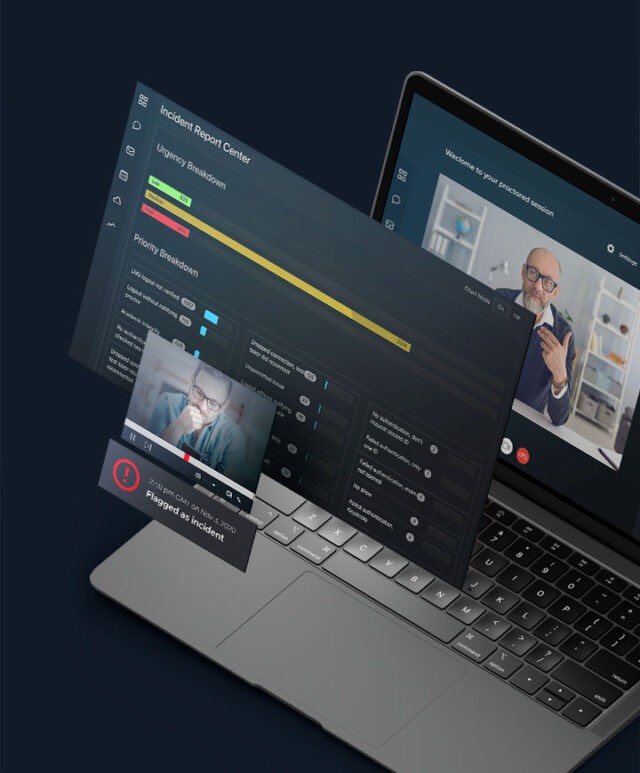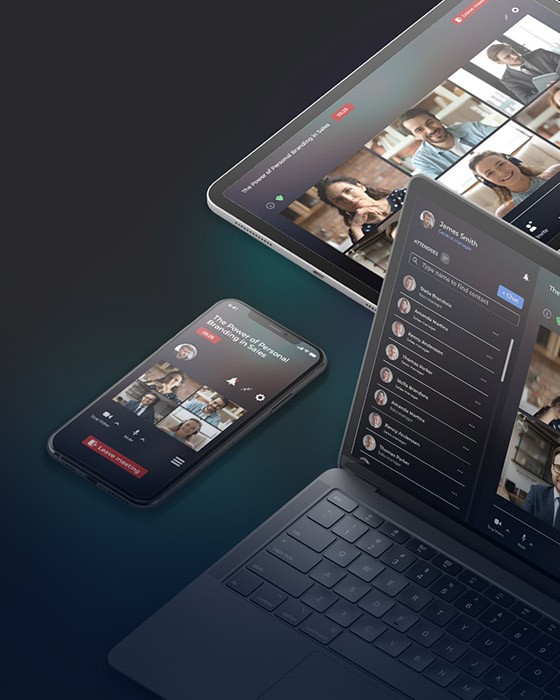Meet the client
The client is a US-based communication provider offering WebRTC broadcasting services to Fortune 500 companies. Their flagship solution is a feature-rich webcasting portal that enables global business to organize video conferences, events and meetings. The solution supports:
- Multi-party video conferencing
- Live and on-demand content streaming
- Seamless files exchange
- End-to-end content management
- Secure content playout
- Comprehensive user management
- Event analytics and reporting


















